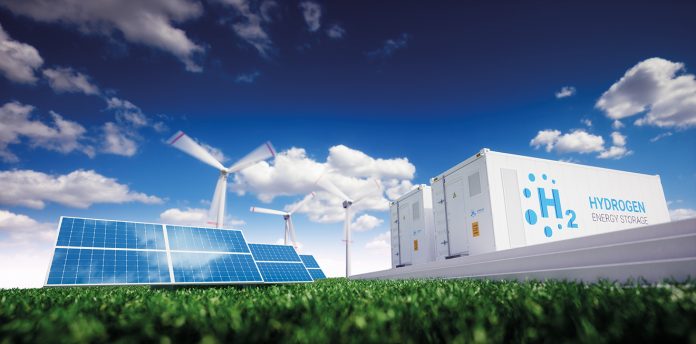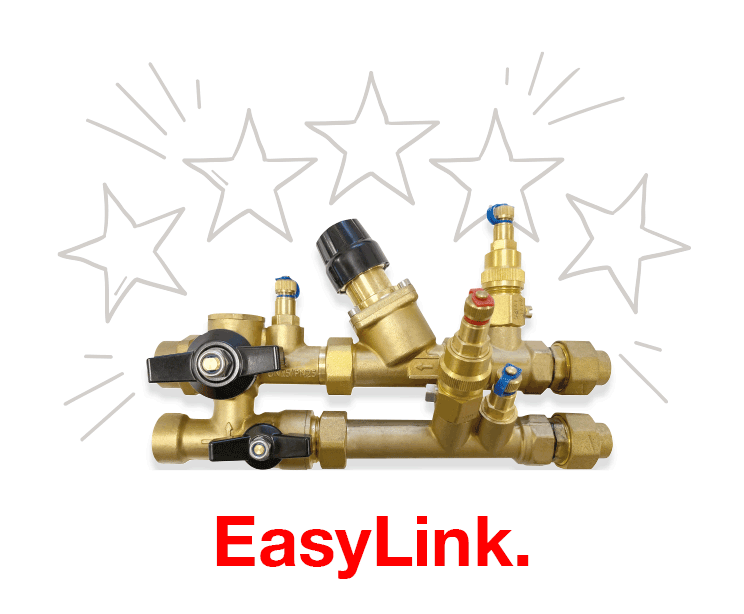We here at Gas Chat Ireland love gas. It’s our livelihood. Most of us have been working with it all our lives. Some of the more “experienced” guys cut their teeth on coal gas or town gas, but the majority have only ever worked with natural gas and liquefied petroleum gas (LPG). Very soon, however, we’ll have a new player in town.
At present, we are very close to being able to use Hydrogen to significantly reduce our carbon footprint, without the need for a new logistics network. Our current natural gas pipelines are more than capable of accepting a Hydrogen/nat gas mix, with some minor upgrades. It’s a non-toxic, non-metallic, highly combustible gas, that is so prevalent on our earth, it makes up approximately 10% of all living organisms. And as it has no Carbon atoms, its combustion is completely carbon neutral.
Hydrogen facts
Hydrogen is a zero-emissions fuel that can be used for energy storage, heat production, long-distance transport, and to decarbonise polluting industrial processes such as steel and cement production.
Hydrogen can either be burned to generate energy or turned into electricity directly using a fuel cell. More than 95% of the hydrogen produced today is derived from unabated fossil fuels (natural gas or coal), resulting in nine to 12 tonnes of CO2 emissions for every tonne of H2. This is known as grey hydrogen.
However, ‘green hydrogen’ can be produced with zero emissions by using renewable electricity to split water molecules into H2 and oxygen inside a machine called an electrolyser – a process known as electrolysis. Or, the CO2 emissions from natural-gas-based H2 production can be captured and stored, resulting in what is known as blue hydrogen. Strictly speaking, this would be classed as low-carbon hydrogen as not all the CO2 from the production process can be captured.
But what about the cost?
Like any new technology, costs are attached. However, investment in hydrogen has already begun, with a conglomerate of countries, including UK, Norway and the Netherlands, planning to build a 10 Gigwatt wind farm off the Netherlands coast, at Eemshaven, the sole purpose of which is to supply electrolysers with the power they need to split water into Hydrogen and Oxygen. The conglomerate aims to have the first hydrogen flowing in 2027, and by 2040, be at maximum output.
So, whether you like it or not, in the near future hydrogen will both directly and indirectly play an important role in our lives. From our boilers using a nat gas/hydrogen mix, to the heat pumps powered by electricity generated by the same fuel, to fuel cell heating systems and electric vehicles, and eventually hydrogen powered vehicles. If you are an RGI or work in the gas industry and would like to join our pressure-free forum, search for “Gas Chat Ireland” on Facebook for help, advice, member deals and a bit of craic.











